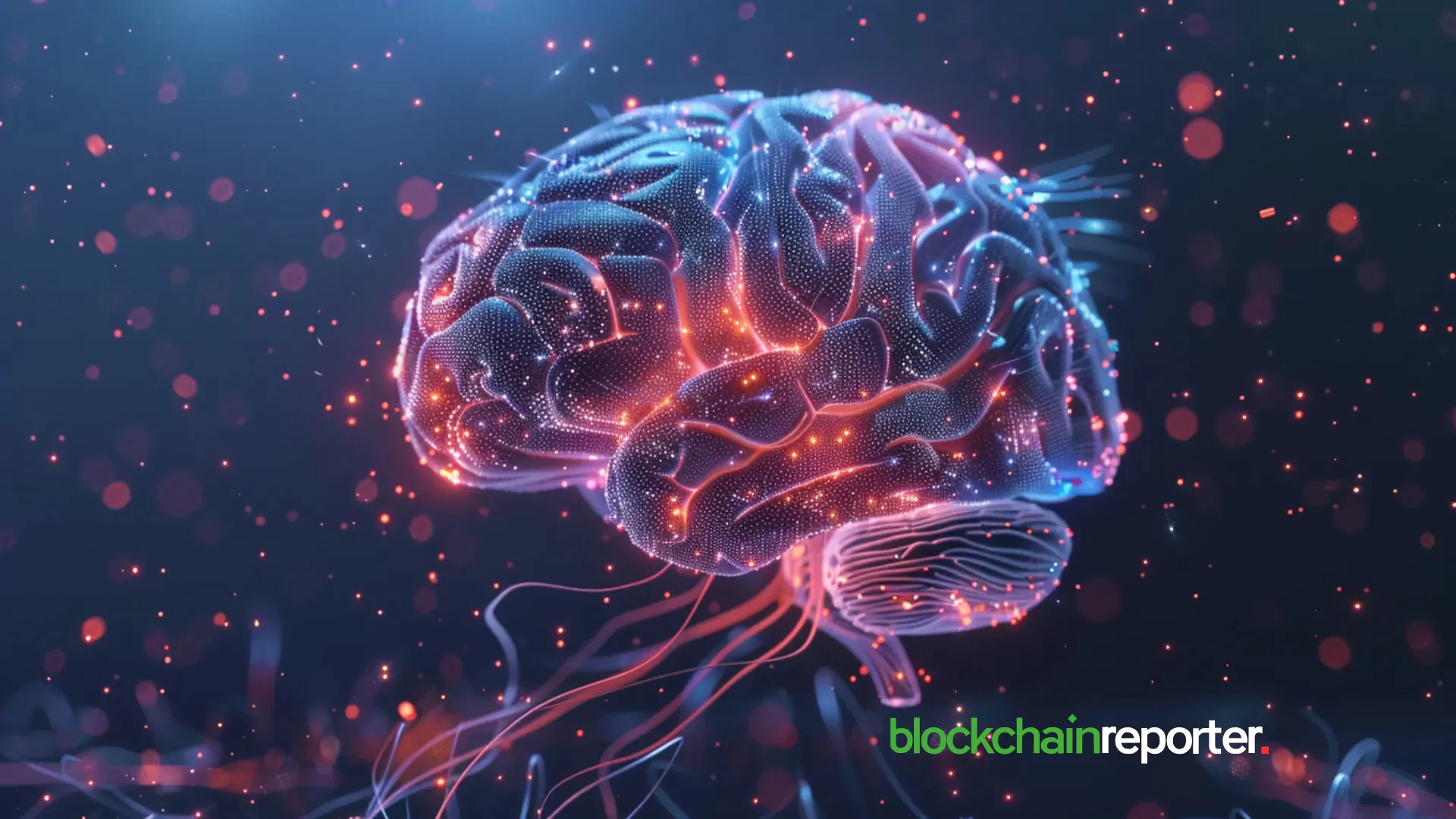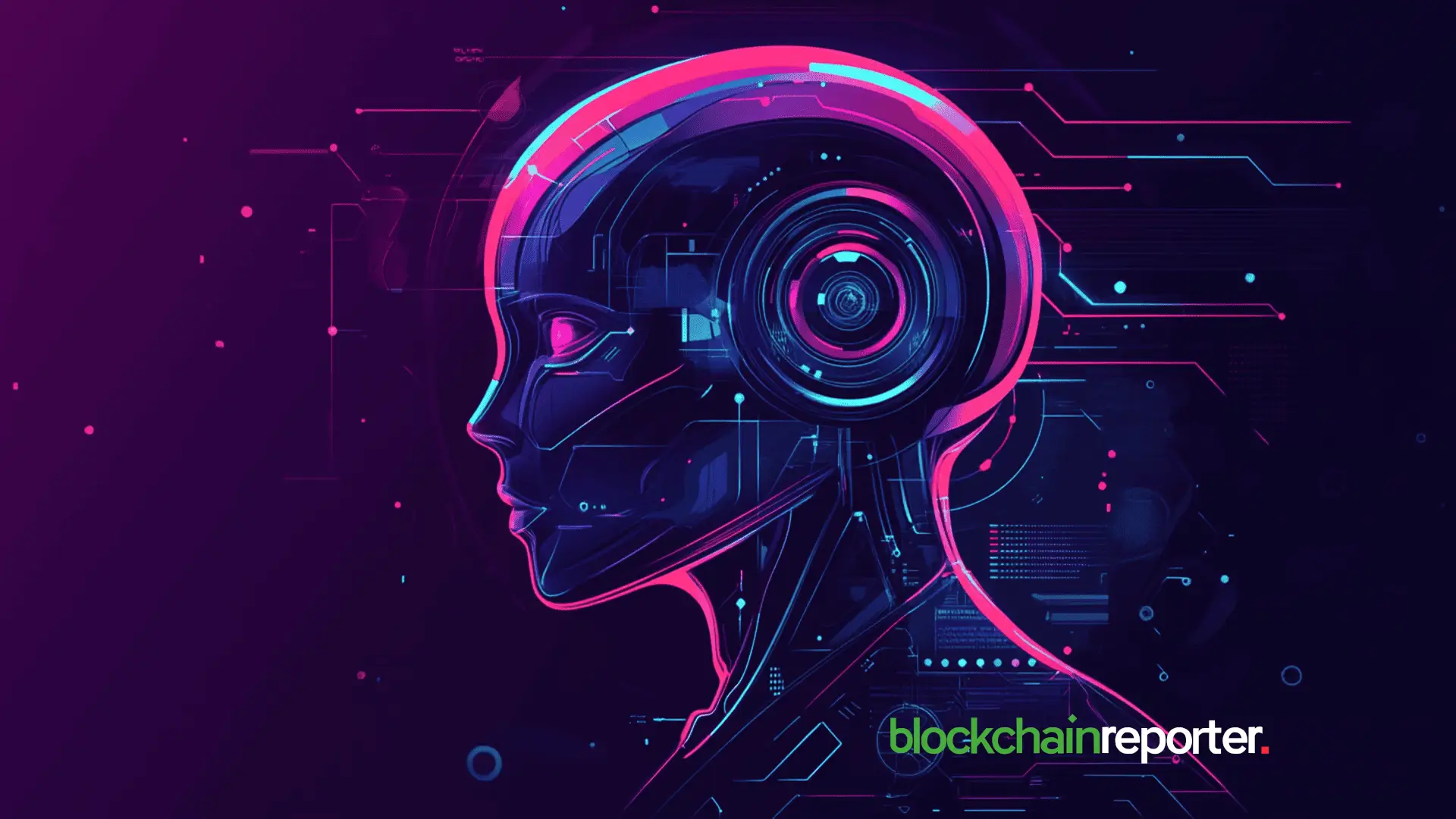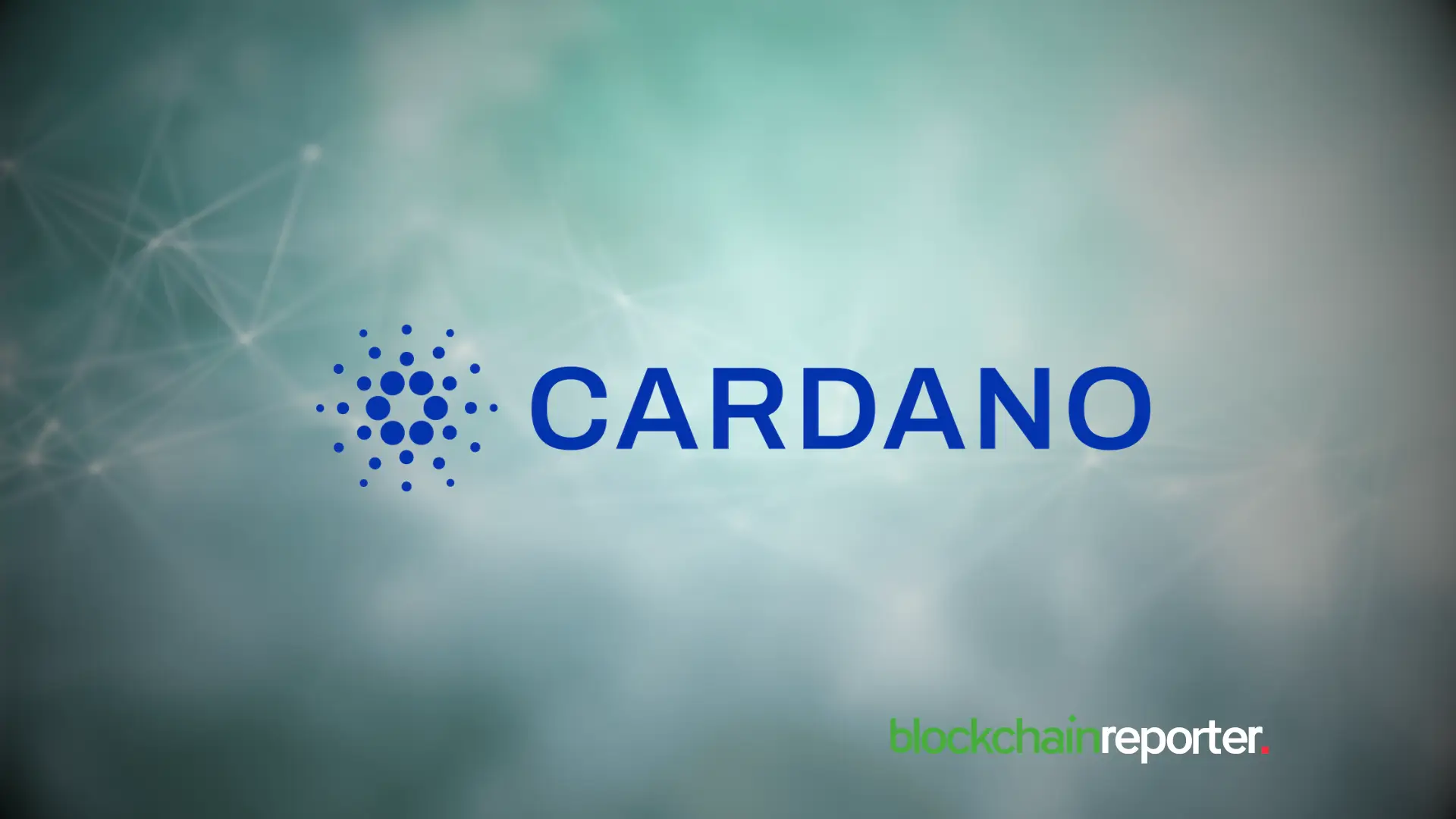
The cryptocurrency market is undergoing a remarkable transformation in capital distribution, driven by evolving investor priorities and fresh investment opportunities. Investors are progressively shifting their focus from traditional platforms to the innovative landscape of decentralized finance infrastructure. Nansen’s recent on-chain data from the blockchain analytics platform shows that institutional wallets are directing more capital to next-generation lending protocols and AI-driven projects. This trend indicates a potential paradigm shift in how large companies approach DeFi investment strategies.
Smart Money Flows into New DeFi Territory
This week, tracking data revealed that high-performing wallet addresses, commonly referred to as smart money, have been accumulating positions in tokens that traditional retail investors have yet to discover. These wallets contain approximately 10,000 addresses from over 350 million labeled wallets, including top-performing institutions, funds, and influential market participants.
The reallocation appears to be straightforward and simple. Recent wallets reveal significant capital movements of over $800,000 in many categories. The trend towards DeFi infrastructure tokens points to the institutional investor preparing to welcome decentralized financial innovation for the future. Instead of focusing on the already established names that have gained widespread recognition, they appear to be seeking exposure to emerging platforms with higher long-term potential.
Morpho Protocol becomes Strategic Accumulation Target
Morpho , a rapidly emerging decentralized lending protocol in 2025, stands out as a significant beneficiary of this capital rotation. The platform is based on an open and efficient system for users to act upon by earning yield and borrowing funds through optimized lending vaults and access to direct markets.
What distinguishes Morpho from legacy lenders Aave and Compound is architectural innovation. The protocol consists of two main layers; the Morpho Market liquidity layer and the Morpho Vault execution layer, which allows anyone to participate and create their own lending markets without the governance approval being mandated.
Smart money accumulation is observed with different catalytic developments. Coinbase expanded its crypto collateralized loan offerings in November 2025, enabling users to borrow up to $1 million in USDC using ETH as collateral through Morpho’s protocol on Base, resulting in over $1.25 billion in on-chain loan originations. Additionally, collaborations with Cronos and Crypto.com could expose the protocol to over 100 million potential users.
Virtual and Hyper Lead Alternative Categories
In addition to established DeFi protocols, smart money appears to be expanding into emerging sectors that blend artificial intelligence with blockchain infrastructure. The Virtual Protocol, which employs autonomous AI agents across gaming and metaverse environments, has garnered considerable institutional attention.
Virtual Protocol announced major partnerships in 2025, including integration with Animoca Brands to integrate AI agents into gaming platforms. The institutional interest in the recent price activity with the more than 90% increase of VIRTUAL in late October 2025 due to increased whale activity and Coinbase’s integration of the x402 payment protocol is a major factor.
Furthermore, the infrastructure-oriented funds are attracted to Bitcoin Layer-2. Bitcoin Hyper, which utilizes the Solana Virtual Machine to bring smart contract features to Bitcoin, has raised more than $28m in its ongoing presale. This project offers an affordable BTC transfer solution, featuring notably reduced fees without compromising the fundamental security of Bitcoin.
Conclusion
The institutional capital is strategically situated, which highlights a crucial aspect in the history of decentralized finance. First generation protocols demonstrated the viability of trustless lending and borrowing facilities, whereas second generation platforms such as Morpho are now utilizing these primitives with improved flexibility. The next step in integrating AI agents is direct involvement in DeFi trading, with autonomous entities being able to learn from data and adapt to the conditions in real time.





